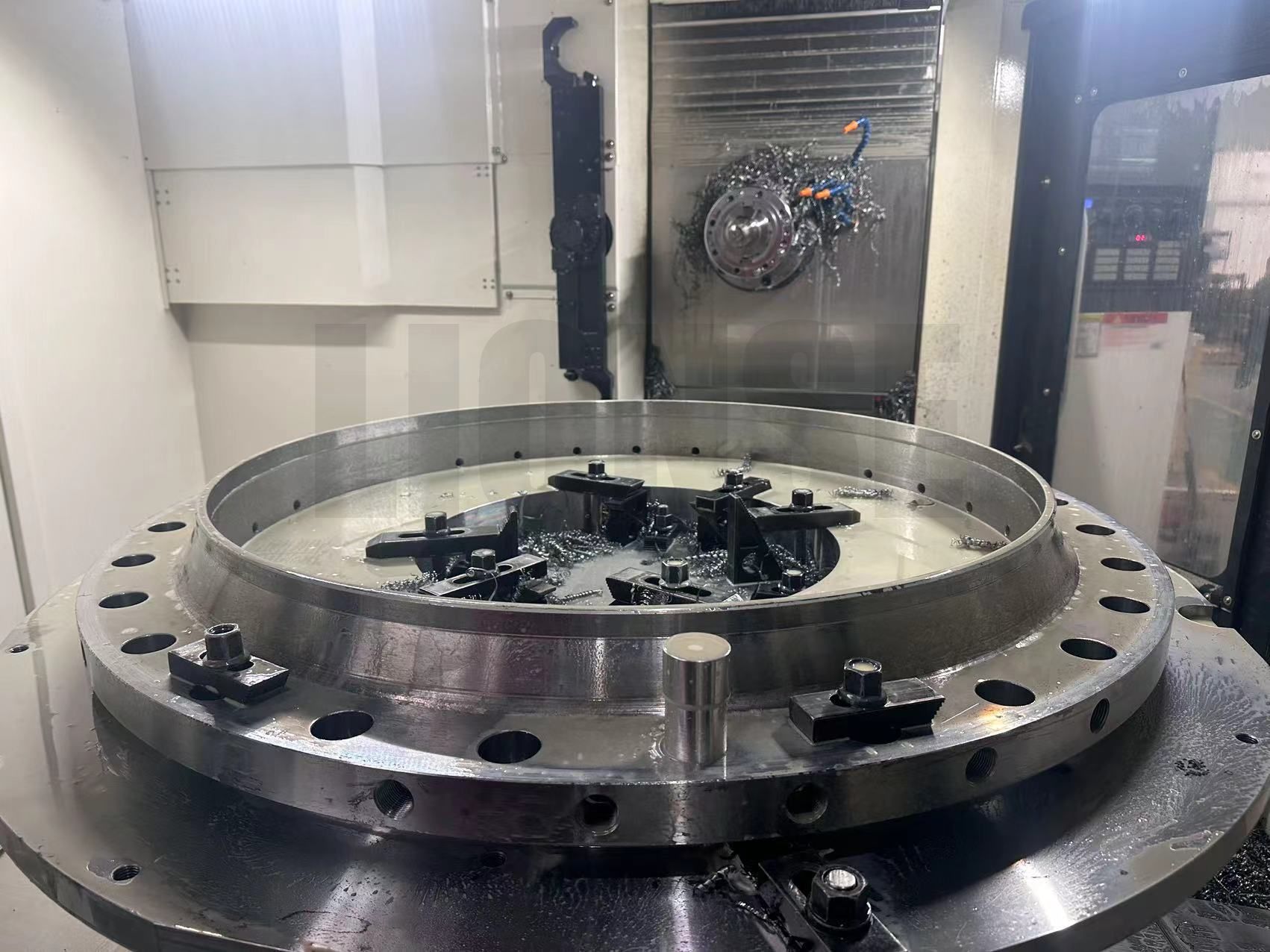

The key to verticality control in large-diameter flange drilling lies in the synergy between equipment and processes. Prior to construction, the site should be compacted and leveled to ensure a solid and stable foundation. During drill installation, the positions of the borehole mouth, spindle, and crown wheel should be strictly calibrated to keep them in a straight line. By using a hydraulic support system, the verticality deviation can be controlled within an extremely small range. It is advisable to prioritize the use of hydraulic servo CNC drilling machines. Their active drill rods are equipped with dual-axis inclination sensors, which can continuously monitor and dynamically calibrate the verticality, triggering automatic calibration at each drilling depth increment. Meanwhile, the drilling pressure, rotational speed, and chip removal volume are dynamically adjusted according to the formation type. For instance, specific combinations of drilling pressure and rotational speed are applied for soft soil layers, and the parameters are reduced for sandy gravel layers to prevent borehole deviation caused by parameter mismatches. In addition, the use of a full-hole drilling tool assembly consisting of "three-stage stabilizers + variable-diameter drill collars" creates a "flexible upper part and rigid lower part" mechanical structure, effectively reducing the borehole deviation rate.
Fixture design and real-time monitoring control for large diameter flange drilling of vertical integration provides a strong support.Hybrid positioning system through the v block, conical pin and hydraulic expansion sleeve composed of the triple constraint mechanism, to ensure the flange of high precision alignment, thus achieving excellent positioning repeatability. To reduce vibration, an anti-vibration guiding device was adopted, including a hard alloy coated guiding sleeve installed behind the drill bit.The inner diameter of the guide sleeve is slightly larger than the inner diameter of the drill bit, which effectively reduces the vibration amplitude and maintains the concentricity of the drill. For real-time process monitoring, the laser tracker captures the spatial coordinates of the drill bit at a high sampling rate, while the fiber Bragg grating sensor measures the bending strain at key parts of the drill pipe.If deviation exceeds a predefined threshold, the system will automatically start calibration parameter adjustment or start drilling decompression, early so that they can identify risk of borehole deviation, and establish the fixture - "process monitoring" integration based closed-loop control framework.

The application of special drilling tools further enhances the verticality control capability in large-diameter flange drilling. The multi-layer reaming drill bit ensures borehole verticality through the stabilizing effect of its upper and lower reaming rings. The scrapers and small drill bits welded on the reaming rings can achieve secondary crushing and accelerate chip removal. The combined variable-diameter drilling tool, when used during diameter transition, restricts the bending degree of the drill string and reduces the deviation-increasing force by utilizing the straight state of the thick drill rod and the gap control of the stabilizers.